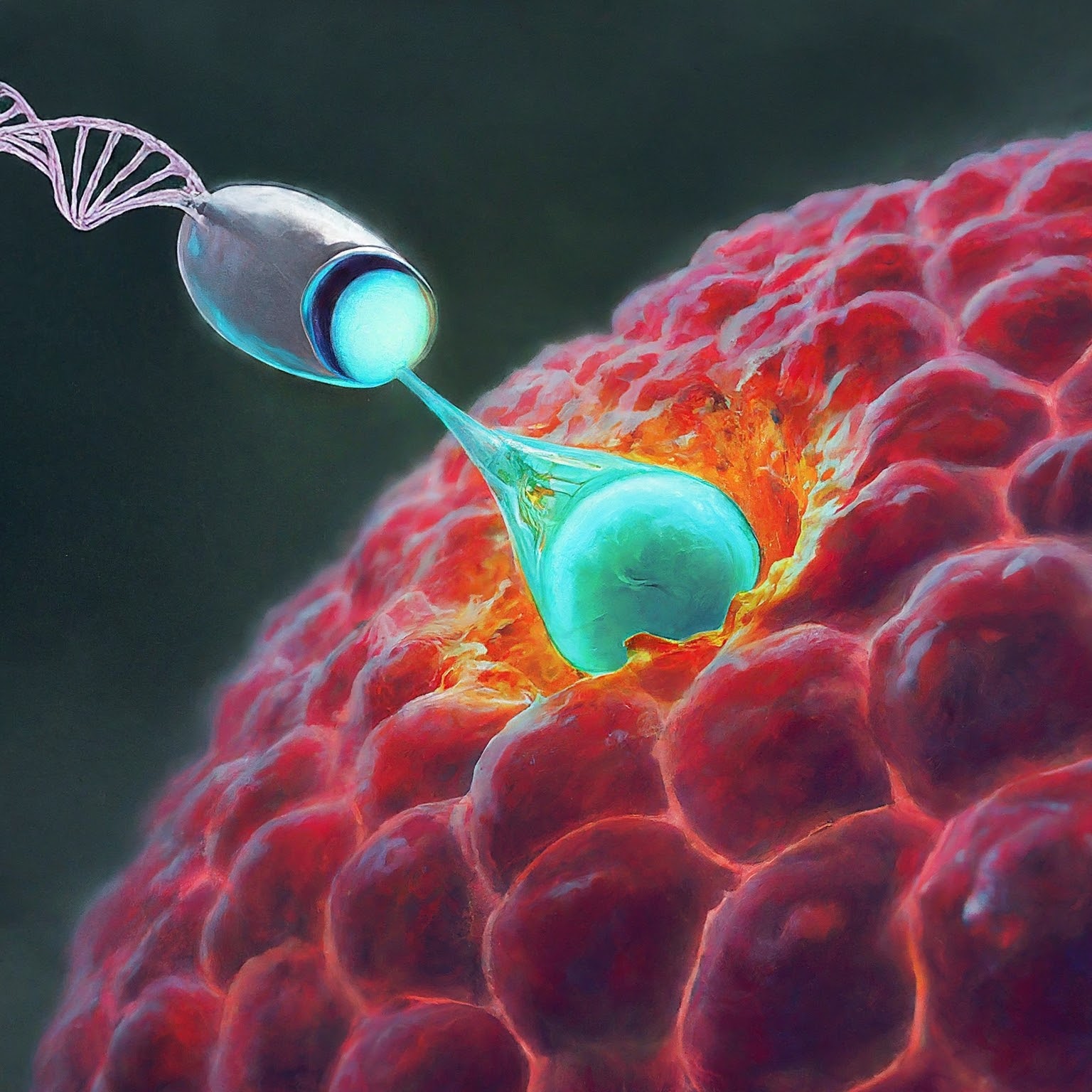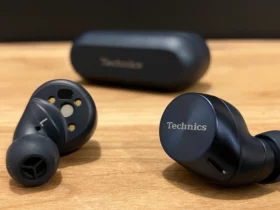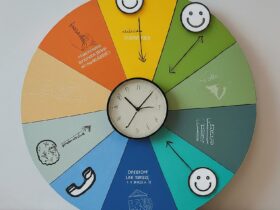A revolutionary breakthrough in the medical world has opened up new possibilities in treatment: DNA-powered nanobots. Developed by scientists at the University of California, San Francisco, these nanobots are capable of delivering drugs with unprecedented precision. This technology has the potential to transform the way we treat a wide range of diseases, including cancer, genetic disorders, and autoimmune diseases.
Sophisticated Mechanism:
Scientists create these nanobots, about 100 nanometers in size, from DNA origami. DNA origami is a self-assembling structure formed from DNA strands. Inside each nanobot, a protein “engine” converts chemical energy into motion. On the outside of the nanobot, DNA clutches wait to bind to specific DNA sequences.
The “DNA clutches” themselves hold the revolutionary feature. Locate on the outside of the nanobot, these clutches are design to precisely bind to specific DNA sequences. This binding ability empowers the nanobot to:
- Target cells specifically: The nanobot binds to and releases its drug payload only on cells with the complementary DNA sequence on their surface. This minimizes side effects on healthy cells.
- Deliver various types of drugs: Modifications to the DNA clutches allow them to bind to different DNA sequences, enabling the nanobot to deliver a variety of drugs.
- Adapt to body conditions: The nanobots are programmed to respond to chemical or physical signals within the body, allowing them to adapt to individual patient conditions and needs.
Precise Drug Delivery Process:
- Loading: Scientists load the nanobot with the drug in the laboratory, attaching it to specific DNA sequences inside.
- Targeting: After injection into the patient’s bloodstream, the nanobot circulates and binds to complementary DNA sequences on target cells.
- Release: Upon binding to the target cell, the DNA clutch of the nanobot opens, releasing the drug in a controlled manner.
Advantages of DNA Nanobots:
- Precision: Direct drug delivery to target cells, minimizing side effects on healthy cells.
- Efficiency: Targeting drug delivery to specific locations boosts treatment results
- Adaptability: Can be programmed to deliver various types of drugs.
Huge Potential in Medicine:
DNA-powered nanobots have great potential to revolutionize the treatment of various diseases, including:
- Cancer: Nanobots can deliver cancer drugs directly to tumor cells, increasing treatment effectiveness and reducing side effects on healthy tissue.
- Genetic diseases: Nanobots can deliver modified genes to defective cells to repair genetic defects.
- Autoimmune diseases: Nanobots can target immune system cells that attack healthy tissue, helping to reduce inflammation and autoimmune symptoms.
- Neurodegenerative diseases: Nanobots can deliver drugs to the brain by crossing the blood-brain barrier, opening up new possibilities for the treatment of Alzheimer’s and Parkinson’s diseases.
Challenges and Development:
DNA nanobots show tremendous potential, but extensive research and development by scientists are still require before they can be widely use in medicine.
- Increase production efficiency: Currently, DNA nanobot production is still expensive and time-consuming.
- Ensure safety and biocompatibility: Nanobots must be ensure safe and non-toxic to the human body.
- Develop more sophisticated control methods: Scientists need to develop ways to control and guide nanobots more precisely in the body.
Scientists are working continuously to address these challenges and develop DNA-powered nanobots for various medical applications. This technology has the potential to revolutionize medicine, improve patient quality of life, and pave the way for a healthier future.
Recent Developments of DNA Nanobots:
- Vaccination: Researchers at ETH Zurich developed DNA nanobots that can deliver antigens and trigger an immune response.
- Alzheimer’s Therapy: A study at the University of California, Berkeley, show that DNA nanobots can be use to deliver drugs to the brain for Alzheimer’s treatment.
DNA-powered nanobots are a revolutionary technology with great potential to transform the way we treat diseases. Although still in the early stages of development, significant progress has been made. With continued research and development, this technology can become a vital tool in medicine in the future.






